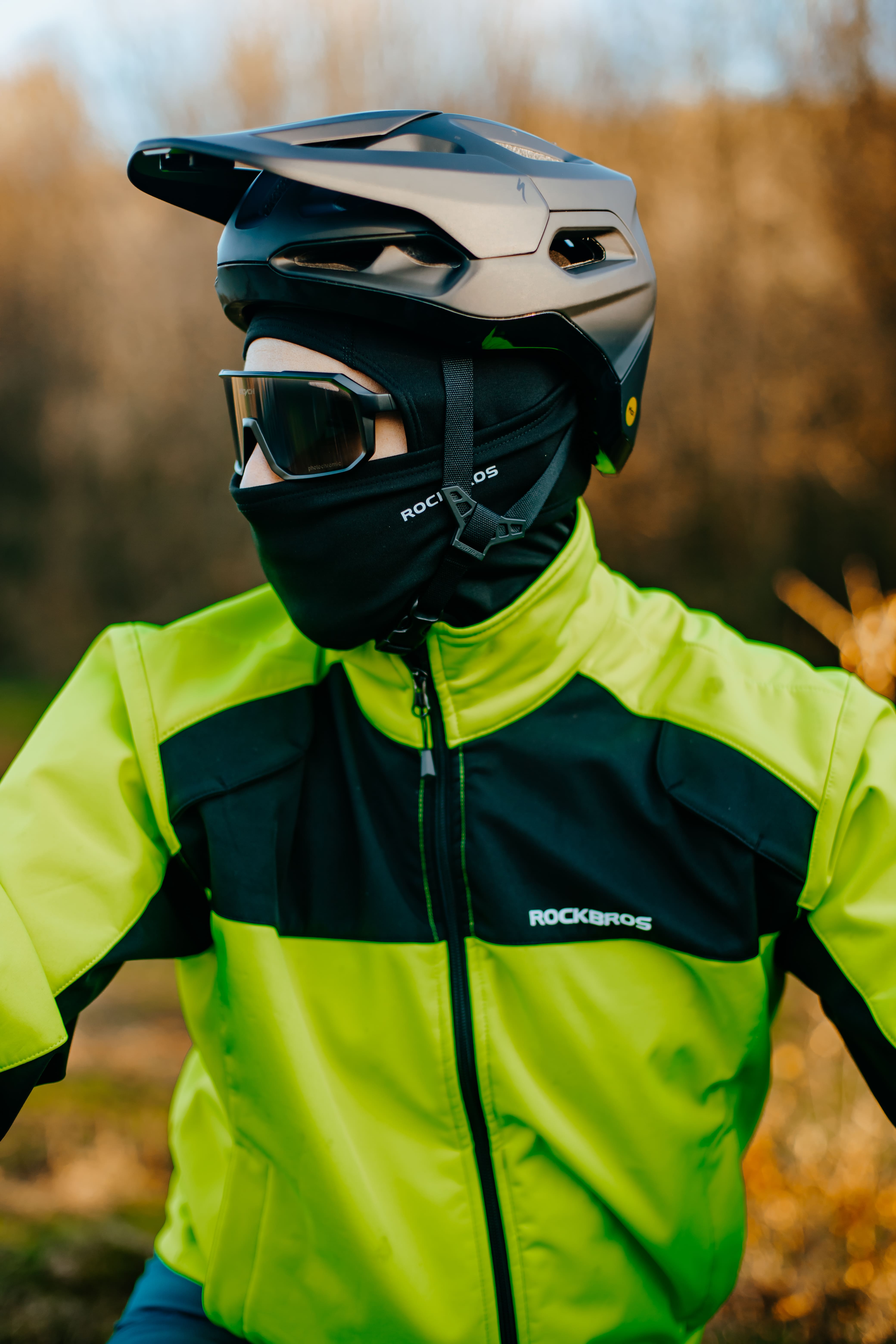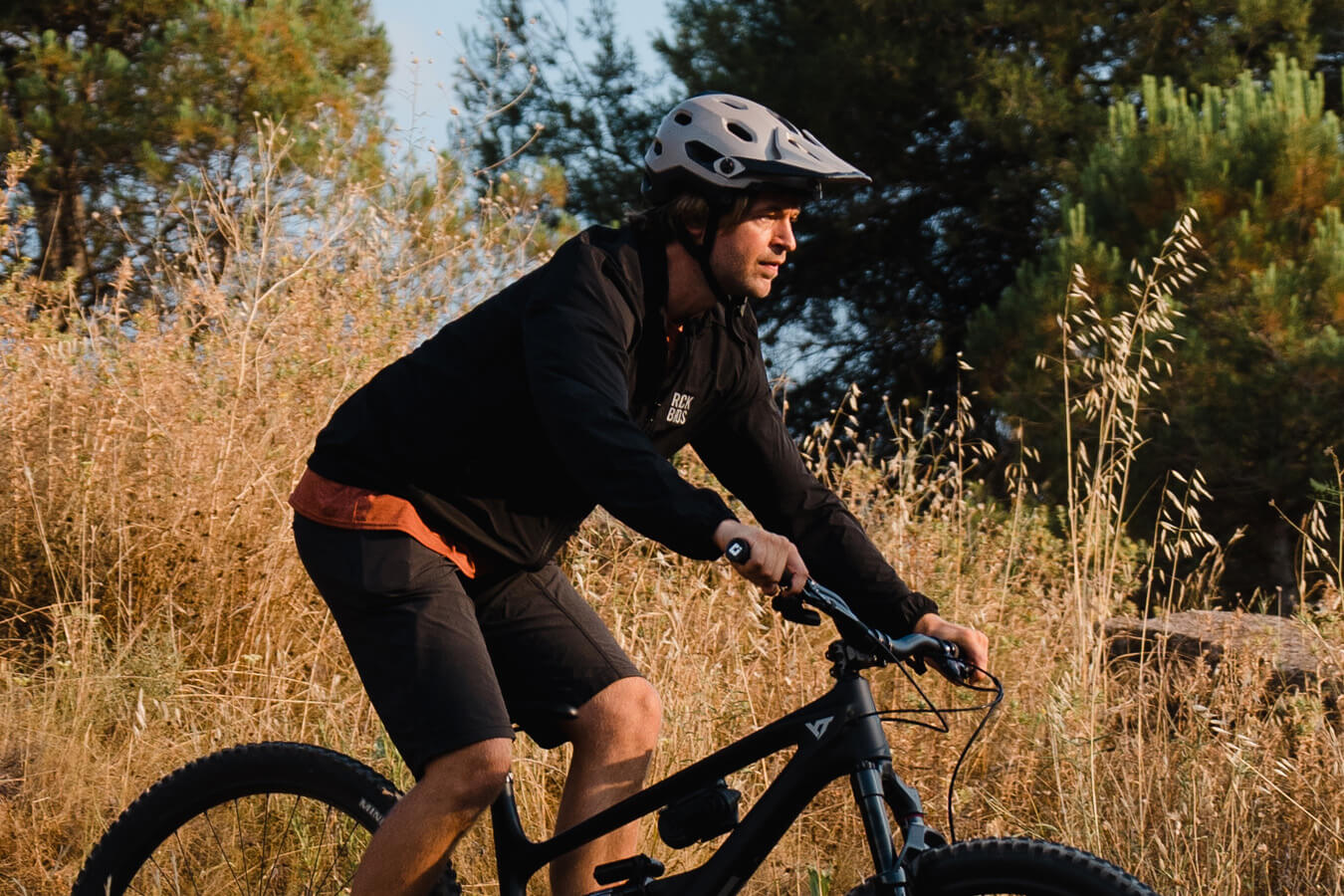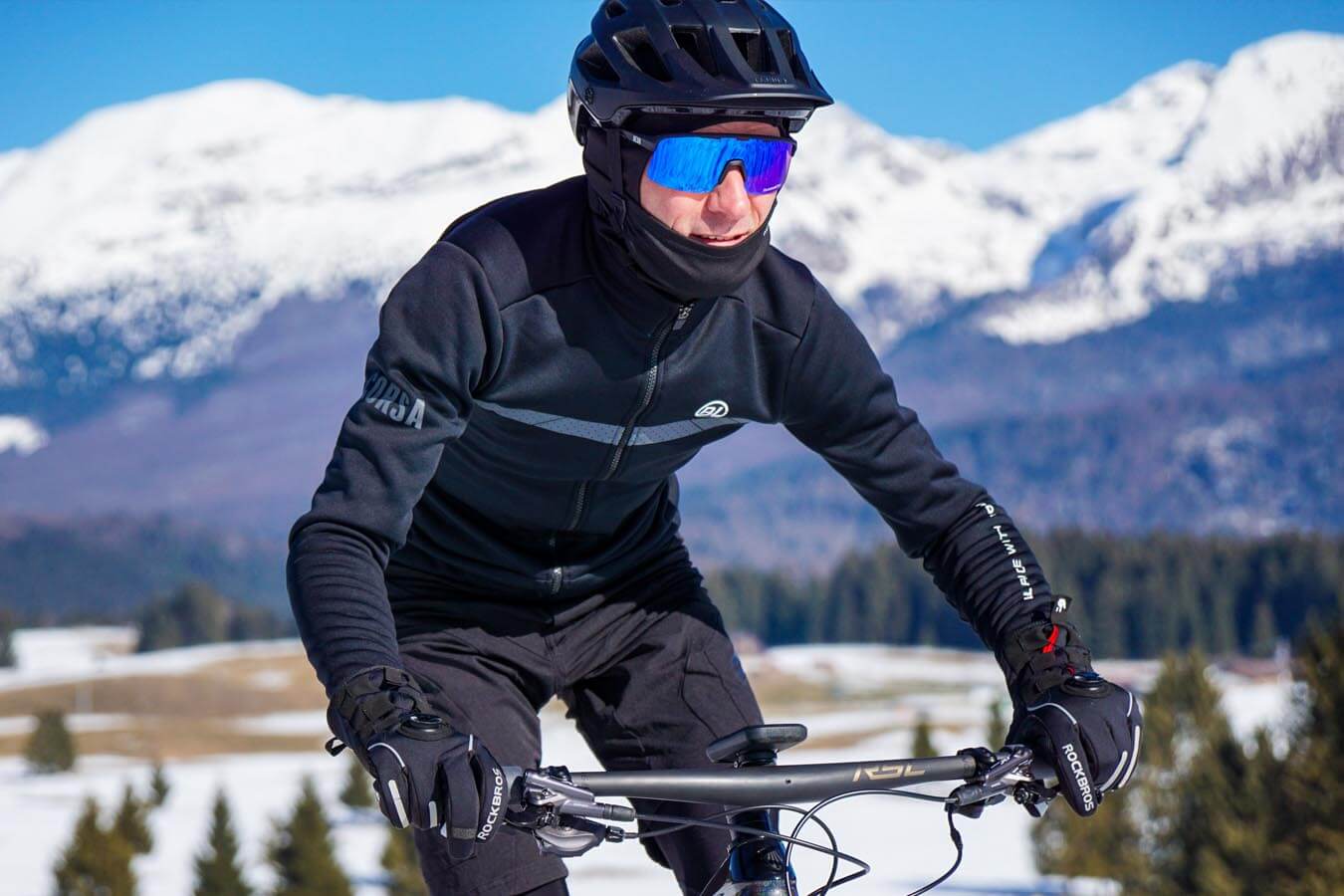When it comes to cycling, many riders focus on choosing the right bike, helmet, and cycling apparel but often overlook a crucial piece of gear: cycling sunglasses. Cycling sunglasses are not just a stylish accessory; they play a vital role in enhancing your riding experience, protecting your eyes, and ensuring your safety on the road. Whether you're cycling under the blazing sun or facing dusty roads, a good pair of cycling sunglasses can make a noticeable difference in both comfort and safety. That’s why understanding their role and benefits is the first step toward smarter, safer cycling.

Why Cycling Sunglasses Are Essential for Your Safety and Comfort
Cycling sunglasses are more than just a stylish accessory—they are a core part of your protective gear. Whether you're riding on sun-drenched highways or shaded trails, your eyes are constantly exposed to conditions that can affect both your vision and safety.
-
Protection from UV Radiation
One of the most important reasons to wear cycling sunglasses is to shield your eyes from harmful ultraviolet (UV) rays. According to the American Academy of Ophthalmology, long-term exposure to UVA and UVB radiation significantly increases the risk of developing cataracts, macular degeneration, and photokeratitis (essentially a sunburn of the eye). High-quality cycling sunglasses offer full UV protection, helping you maintain healthy vision over the years of riding. -
Barrier Against Dust, Debris, and Insects
When you're moving at high speeds, even tiny particles can cause big problems. Dust kicked up by passing cars, gravel from the road, or small insects can strike your eyes without warning. A properly fitted pair of cycling sunglasses acts like a shield, reducing the risk of eye injuries and allowing you to focus on the ride. -
Wind and Dryness Control
Even on mild or overcast days, wind can cause your eyes to dry out quickly, leading to discomfort, blurred vision, and slower reaction times. Sunglasses with a wraparound design reduce direct airflow across your eyes, helping to retain moisture and prevent dryness during long rides.
-
Enhanced Vision and Focus
Cycling sunglasses also improve how you see your surroundings. Tinted lenses can enhance contrast and reduce glare, especially when riding under bright sunlight or near reflective surfaces like water or wet pavement. Some lenses are even designed to make road surfaces more visible, helping you spot potholes or gravel patches earlier.
-
Impact Protection in Case of a Fall
Bike sunglasses with high-impact-resistant lenses and flexible, unbreakable frames act as a first line of defense during accidents. If you go down, they can shield your eyes and face from flying gravel, branches, dirt, or even your own handlebars. Instead of cracking or shattering, quality eyewear bends to absorb the impact, reducing the chance of cuts, bruises, or worse. For riders, this built-in protection is just as important as a helmet—especially when things don’t go as planned.
-
Safety in Changing Light Conditions
If you’re riding through shaded areas, tunnels, or during early morning and late afternoon hours, light conditions can change quickly. Sunglasses with photochromic lenses (light-adjusting) or interchangeable lenses allow your eyes to adapt without delay, reducing eye strain and helping you maintain safe control of your bike.

How to Choose the Best Cycling Sunglasses for Your Needs
Now that we’ve covered why cycling sunglasses are essential—from UV protection to wind and debris shielding—it’s time to understand how to pick the right pair for your needs. Not all sunglasses are built the same, and choosing the right ones can make a significant difference in both comfort and performance on the bike.
-
Start with the Lenses
The lens is the heart of any cycling sunglasses. Depending on when and where you ride, you may need different tints or technologies.
Dark lenses work well for bright, sunny conditions and help reduce glare.
Yellow or amber lenses boost contrast in overcast or low-light environments.
Clear lenses are great for night rides or early mornings.
If your riding conditions vary, consider photochromic lenses that adjust to changing light or interchangeable lens systems that let you switch based on the time of day or weather.
-
Look for Full UV Protection
Since UV damage is a long-term risk, 100% UVA and UVB protection is non-negotiable. Don’t be fooled by dark lenses alone—darker doesn't mean safer unless the lens is UV-rated. Choose models that clearly state “UV400” or “full-spectrum UV protection.” -
Consider Frame Shape and Fit
A good pair of cycling sunglasses should stay securely in place and offer wide, wraparound coverage. Wraparound frames are especially effective in blocking wind and peripheral sunlight. Features like adjustable nose pads and flexible arms help fine-tune the fit, reducing slippage caused by sweat or movement on uneven terrain. -
Prioritize Anti-Fog and Ventilation
Even the best lenses are useless if they fog up during climbs or in humid weather. Look for frames with ventilation channels or lenses treated with anti-fog coatings, especially if you often stop and start in your rides or ride in variable climates. -
Don’t Overlook Lens Material and Safety
Safety matters—not just for your vision, but for your eyes in case of a fall. Polycarbonate lenses are a top choice: they’re lightweight, impact-resistant, and highly durable. -
If You Wear Glasses, Plan Ahead
Many brands now offer prescription-ready cycling sunglasses, either through direct lens integration or with optical inserts. This ensures clear, sharp vision without having to compromise on eye protection or comfort.
Choosing the right bicycle sunglasses isn’t just about performance—it’s also about staying safe and comfortable every mile of the ride. Start by listing what matters most to you—like lens tint, anti-fog properties, fit, or prescription compatibility. From there, it becomes much easier to narrow down your options and find a pair that truly fits your riding style and environment.

Tips for Finding the Best-Fitting Cycling Sunglasses
Even the highest-quality cycling sunglasses won’t perform well if they don’t fit correctly. A good fit ensures not only comfort but also effectiveness in shielding your eyes during the ride.
-
Snug but Not Tight
Your sunglasses should stay in place without pinching. If they slide down your nose or press too hard behind your ears, you’re more likely to adjust them constantly—or worse, take them off mid-ride. -
Wraparound Design
A curved, wraparound frame offers better side protection against wind, dust, and UV rays. This design also helps the glasses stay put, even when you ride over bumps or rough terrain. -
Nose Pads and Temple Grips
Adjustable nose pads and rubber temple tips add grip and let you customize the fit—especially useful when you're sweating or riding in the heat. -
Helmet Compatibility
Try your sunglasses on with your helmet. The arms should sit comfortably under the straps without interference. If the fit feels awkward, that pair may not be right for your setup. -
Try Before You Commit
If possible, test a few pairs—either in-store or using brands that offer a flexible return policy. Fit is subjective, and the best way to know what works is to wear them on a short ride.
Ultimately, the right fit will feel almost invisible—secure but unnoticeable, letting you focus on the ride, not your gear.
How to Maintain Your Cycling Sunglasses for Long-Term Use
- Cycling sunglasses are an investment—both for your safety and riding experience. To get the most out of them, proper care is key. Routine maintenance not only extends their lifespan but also ensures clear vision and consistent performance.
- Clean your lenses properly. After each ride, especially in dusty or salty environments, rinse the lenses with water before wiping. This prevents scratches caused by rubbing particles into the lens. Use a microfiber cloth and lens-safe cleaner—avoid rough fabrics or paper towels.
- Store them in a hard case. When not in use, keep your sunglasses in a protective case to prevent accidental drops or pressure damage. A good case also shields them from UV exposure, which over time can degrade both lenses and frames.
- Avoid leaving them in extreme heat. Don’t leave your glasses on the car dashboard or in direct sunlight for long periods. High temperatures can warp frames, delaminate lenses, or damage coatings.
- Inspect regularly. Check the hinges, nose pads, and temple arms for wear or loosening. Replace any worn rubber pieces or screws before they become a problem on the road.
- Plan for replacements. Even the best lenses can degrade after prolonged exposure to sweat, sun, and debris. If your vision starts to feel less sharp or the frame becomes compromised, it may be time for a new pair.

Choosing Wisely for Every Ride
A reliable pair of cycling sunglasses does more than complete your look—it protects your eyes in changing environments, reduces fatigue, and improves clarity when it matters most. Whether you're navigating city streets or remote trails, the right eyewear helps you stay focused, alert, and comfortable throughout your ride.
At ROCKBROS, we design cycling sunglasses with real riders in mind. Our models combine UV400 protection, impact-resistant lenses, and lightweight wraparound frames to deliver clarity and protection on every terrain. Options like photochromic lenses, anti-fog ventilation, and adjustable nose pads ensure our sunglasses adapt to diverse riding conditions and individual preferences.
If you're not sure where to start, list your top priorities—whether it’s lens tint, prescription compatibility, or all-day comfort—and choose a model that fits both your style and your typical riding environment.
With the right pair of cycling sunglasses, every mile becomes more enjoyable—and safer.
Explore the full ROCKBROS cycling sunglasses collection here and gear up for clearer, more confident rides ahead.






Leave a comment
This site is protected by hCaptcha and the hCaptcha Privacy Policy and Terms of Service apply.